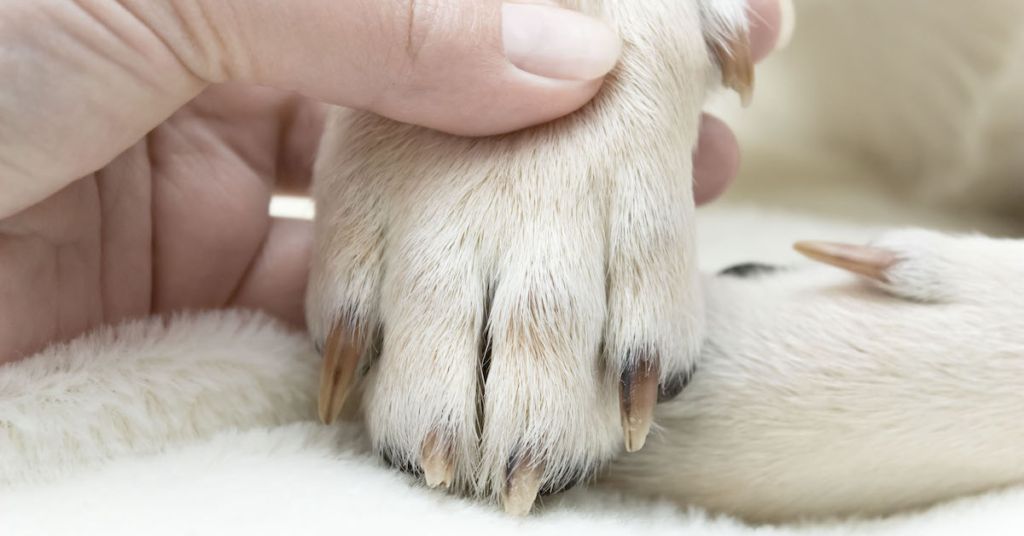Understanding and Treating Dog Nail Infections: Causes, Symptoms, and Remedies

Proper nail care is essential for dogs, as neglected nails can lead to various health issues, including infections. Dog nail infections can be uncomfortable and potentially serious if left untreated. In this article, we will delve into the causes, symptoms, and treatment options for dog nail infections, helping you better understand and address this common condition to ensure your dog’s well-being.
- Causes of Dog Nail Infections:
a. Trauma or Injury: Nails can become infected if they are damaged or injured, allowing bacteria or fungi to enter the nail bed. This can occur from excessive nail trimming, cracks in the nails, or trauma from running or playing on rough surfaces.
b. Bacterial or Fungal Infections: Bacteria or fungi can infect a dog’s nails, causing inflammation, redness, and discomfort. These infections can occur due to poor nail hygiene, exposure to contaminated environments, or underlying health conditions compromising the immune system.
- Symptoms of Dog Nail Infections:
a. Swelling and Redness: Infected nails often appear swollen and may be accompanied by redness or discoloration.
b. Pain and Discomfort: Dogs with nail infections may exhibit signs of pain or discomfort when walking or when pressure is applied to the affected nail.
c. Change in Nail Appearance: Infected nails may become brittle, crumbly, or discolored. They may also have a foul odor.
d. Limping or Lameness: In severe cases, dogs may develop a limp or show signs of lameness if the infection spreads or causes significant pain.
- Treatment Options for Dog Nail Infections:
a. Veterinary Examination: If you suspect your dog has a nail infection, it is crucial to consult with a veterinarian. They will assess the severity of the infection, determine the underlying cause, and recommend appropriate treatment.
b. Medications: Depending on the type and severity of the infection, your veterinarian may prescribe oral or topical antibiotics, antifungal medications, or a combination of both. It is important to follow the prescribed dosage and complete the entire course of treatment.
c. Nail Trimming and Cleaning: In some cases, trimming the infected portion of the nail and cleaning the affected area may be necessary. This should only be done by a professional or under veterinary guidance to prevent further injury or complications.
d. Preventive Measures: To prevent future nail infections, maintain regular nail care for your dog. Trim their nails appropriately, keep them clean and dry, and provide a healthy diet to support strong nail growth. Avoid exposing your dog to unsanitary or contaminated environments that could increase the risk of infections.
- Home Care and Monitoring:
a. Keep the affected nail clean and dry, following any cleaning or soaking instructions provided by your veterinarian.
b. Monitor your dog’s behavior and overall health. If there is no improvement or if symptoms worsen, consult your veterinarian for further evaluation.
c. Prevent your dog from excessively licking or chewing the affected nail, as it can lead to further complications or delay the healing process.
Dog nail infections require prompt attention and appropriate treatment to alleviate discomfort and prevent further complications. Identifying the causes and symptoms of nail infections is crucial for timely intervention. By consulting with a veterinarian, following prescribed treatments, and maintaining good nail hygiene, you can help your dog recover and prevent future infections. Regular veterinary check-ups and diligent nail care are essential for keeping your dog’s nails healthy and reducing the risk of nail-related issues.